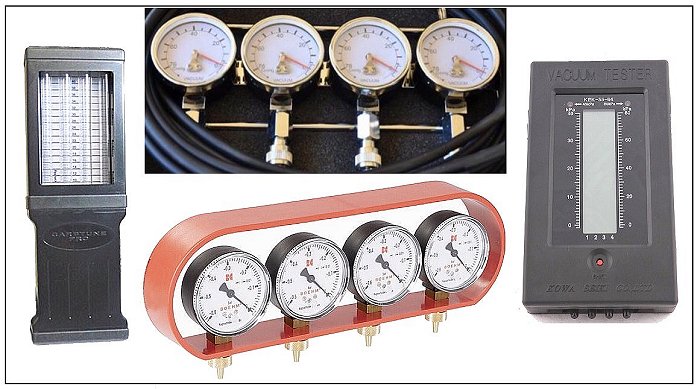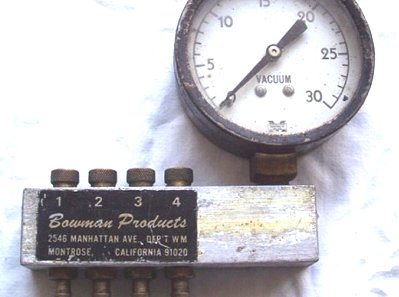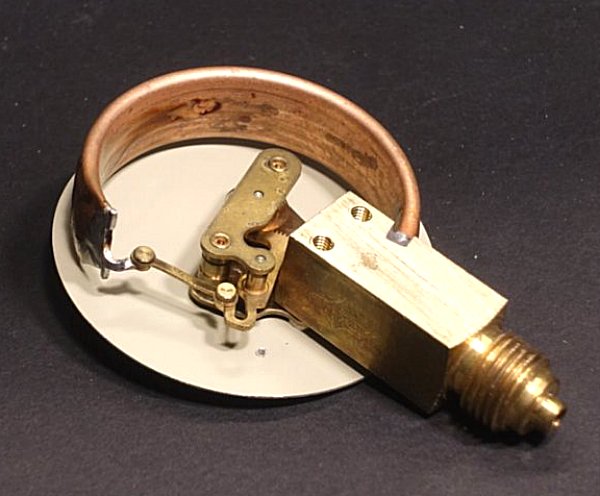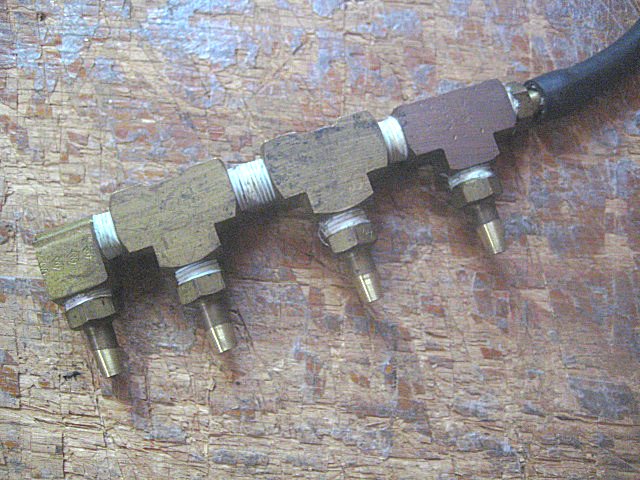
Professional mechanics see carburetor synchronization differently from the rest of the world. While the general public views it like the wash you give your ten-year-old car once a year out of guilt-- far from that, carburetor adjustment and synchronization is actually the capstone of the engine part of the preventative maintenance tetralogy that includes compression, valves, and ignition; and that in turn part of the complete routine that Honda calls for every 3,000 miles. 1 Synchronization is so important, and so effective, and at the same time so rarely practiced I am convinced that for many of my customers a good carb sync is just as beneficial as anything else done to their carburetors during the rebuild. For some I am sure it is the only time it ever happens or happens accurately.
The outcome of precise carburetor adjustment and synchronization is for me, even after nearly five decades, invariably astonishing, marvelous. Mechanics don't take carburetor synchronization lightly. It may be a once-in-a-lifetime event for many, but it is far from that to us. Thus we value it, believe in it. And the tools we use reflect that. One outcome of the following study is that it eliminates the excuse many make that the right tools are too expensive. The difference between the tool most are buying and one or two that are many times better is surprisingly little. 2
Here then is a comparative analysis of carburetor synchronization measuring tools, often called manometers in the trade. I looked at more than 30 different models, and reduced this review to sixteen representative tools. My goal is not necessarily to come up with the best, or generate debate over water versus mercury versus Bourdon tube versus metal rod versus digital. Nor is this an exhaustive report. The focus is quality, and except where I have firsthand knowledge, performance is implied by the fitness of the tool for the job. I have tried to do just two things. The first is to point out why some of these tools are better than others. The second is to reinforce my favorite theme, that is, best practice. I am encouraging you to make carburetor synchronization a habit.
https://motorcycleproject.com/text/SYNC ... ARO_v2.pdf
Speaking of quality, one thing has to be said; one important tenent must be established. Though an old design and not as flashy as other types, a set of mechanical vacuum gauges can be extremely accurate. 3 With one caveat. That caveat is, to be accurate, a set of mechanical gauges absolutely must employ calibration screws that permit the individual mechanically driven gauges to periodically be matched to each other to compensate for wear and minute differences in manufacture. Mechanical gauges that lack this feature are simply not to be trusted, not just in theory but in stark reality. Villify me if you must, it's just a fact and one I have proven many many times.
Because tables offer the only sensibly compact way to do this article, and the forum does not accomodate tables, I have posted this sync gauge comparison on my website for viewing. You'll be pleased to know I made it a pdf so you can download it and store or print it, if that interests you. Feedback in this thread is welcomed.
I leave you with a bit of a tease. This tool is included in my article, with comments. Does anyone know what it is? A rare item, I have seen only one of these in my more than 46 years in the trade.

1 Vintage owners who take a year to accumulate that should do a complete maintenance service every six months instead.
2 In fact, the most popular synch tool on forums cost more than twice as much as one in the comparo that is measurably better.
3 Mechanical gauges are technically known as Bourdon tube type because they employ internally a pressurized curled brass tube that uncurls to move the needle.








